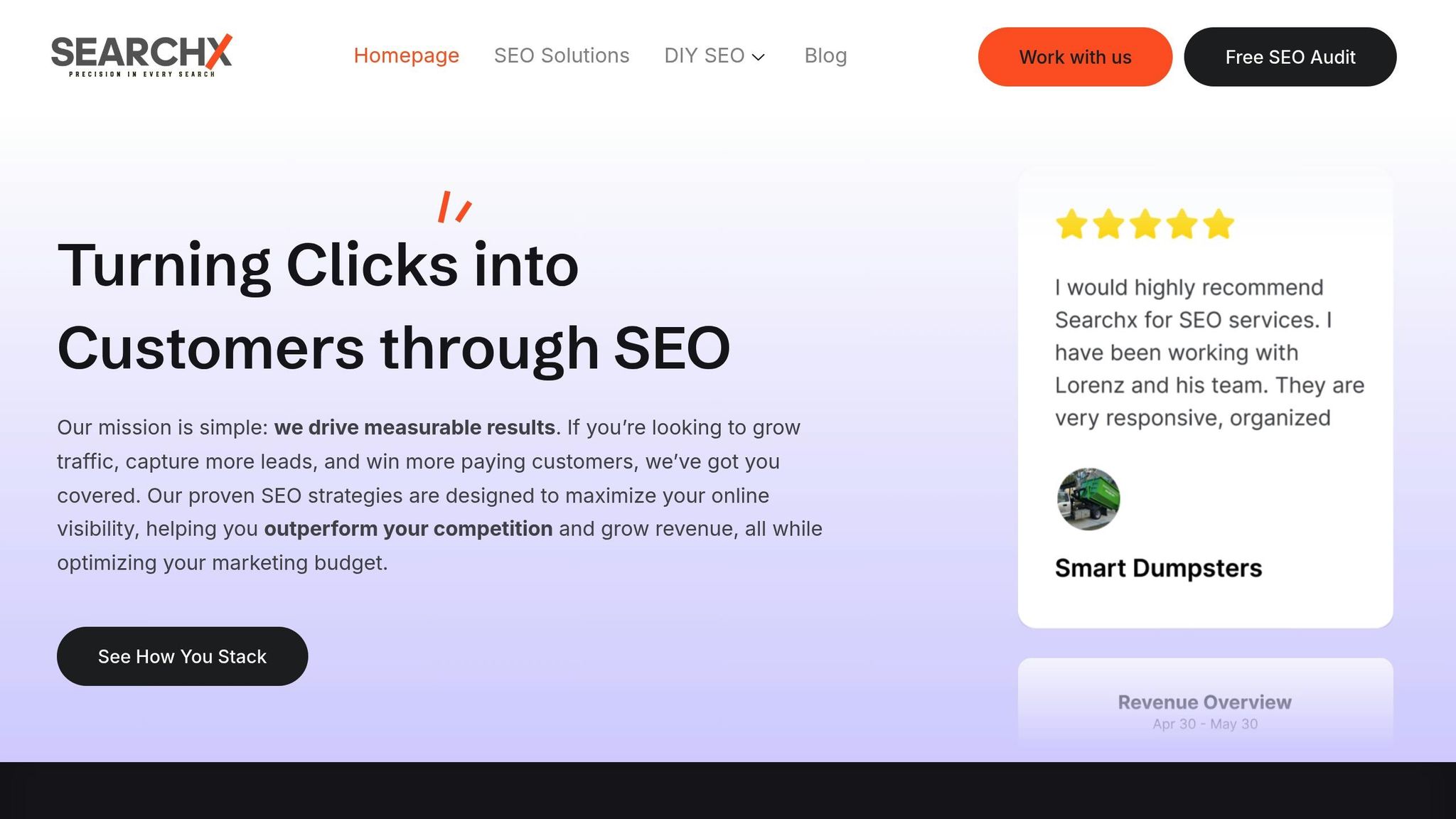Want to boost your content strategy? Start by understanding how demographics influence search intent. People from different age groups, incomes, and locations search online in unique ways. Here’s what you need to know:
- Search Intent Types: Informational, Navigational, Commercial, and Transactional.
- Age-Based Habits: Younger users prefer mobile and visual content; older users value simplicity and detail.
- Income Impact: Budget-conscious users seek deals, while higher-income users prioritize premium options.
- Key Factors: Device preferences, search timing, query complexity, and language styles.
Understanding these patterns helps you create content that connects with your audience and ranks higher on search engines. Let’s dive into how you can apply these insights effectively.
Search Intent Across the Funnel: How to Break Down Search …
Main Demographic Factors in Search Behavior
Understanding how different demographics search online helps you create SEO strategies that truly connect with your audience. Let’s look at how age and income influence search habits.
Age Groups and Search Patterns
People of different ages approach search engines in unique ways. Younger audiences often prefer mobile-friendly, visually appealing, and interactive content. On the other hand, older users typically look for clear, detailed, and straightforward information. By tailoring your content to these preferences, you can better meet the needs of each group.
Income Levels and Search Goals
Income plays a big role in shaping search intent. For example, individuals with tighter budgets often look for cost-effective solutions or discounts, while those with higher incomes may focus on premium products or services. By understanding these tendencies, you can fine-tune your keywords and content to align with their goals.
sbb-itb-880d5b6
Creating Content Based on Demographics
How to Create Audience Personas
To make your content hit the mark, start by crafting audience personas. Dig into customer data and analytics to uncover patterns. Pay attention to factors like age, life stage, income, location, and online habits (like which devices they use). For instance, a persona for a young professional might highlight their typical age range, income, and how they engage with digital content. Tailor each profile to reflect the interests and challenges of that group – this helps shape content that truly connects. These details also tie back to earlier findings about how age and income influence search behavior.
Writing for Different Demographics
Once you’ve nailed down your personas, use them to fine-tune your content strategy. Younger audiences often lean toward visual and interactive formats, while older groups may prefer detailed, straightforward articles. With clear personas in place, you can adjust your tone and structure to meet their preferences.
- Use concise, industry-relevant language
- Offer practical tips that readers can act on
- Design layouts with readability in mind, including appropriate font sizes and spacing
Demographics Research Tools
Let’s dive into the tools that help you gather real-time demographic data to make smarter, more targeted decisions.
SearchX: SEO Tailored to Demographics

SearchX specializes in analyzing search behavior to create SEO strategies that align with specific audience demographics. The platform helps identify keywords that match buyer intent, making it easier to connect with the right audience. With a 4.95-star rating from 45 Google reviews [1], it’s clear that their approach works. Their real-time dashboard is particularly useful for tracking audience interactions and adjusting strategies on the fly.
"You’re not paying for a checklist of tasks; you’re paying for outcomes. We’re relentless in our pursuit of success and adjust strategies based on what’s getting you results – whether that’s new tactics, shifting focus, or doubling down on winning strategies." – SearchX
Analytics and Data Tools
If you want to refine your demographic targeting further, analytics tools are your go-to. Google Analytics is a staple for this, offering detailed data on age, location, device usage, behavior patterns, and even what time of day your audience is most active. Social media analytics tools add another layer, giving insights into interests and age groups.
Here’s a quick breakdown of tools and what they can do for you:
| Tool | Function | Key Demographic Insights |
|---|---|---|
| Search Analytics | Tracks keywords | Localized search behavior |
| Social Listening | Monitors audiences | Interests and age demographics |
| Website Analytics | Analyzes behavior | Geographic and device preferences |
| CRM Data | Profiles customers | Income levels and purchase habits |
Conclusion: Putting Demographics Data to Work
Using demographic data to understand search intent can help you connect with your audience and boost SEO performance.
Key Takeaways
SearchX data highlights that customized SEO strategies lead to better engagement. Here’s a snapshot of how different demographic factors can shape your approach:
| Demographic Factor | Impact on Strategy | Optimization Focus |
|---|---|---|
| Age Groups | Affects content style and tone | Adjust messaging and choose the right platforms |
| Location | Impacts search behavior and intent | Prioritize local SEO and cater to regional needs |
| Income Levels | Influences buying habits | Highlight value and adjust pricing-related content |
"SearchX isn’t just an SEO provider – we’re an extension of your team, focused on accelerating your growth." [1]
To succeed, you need to regularly track performance and fine-tune your content to match both search intent and relevant keywords. This ensures your SEO efforts align with your business goals and drive real results. By analyzing data and making adjustments, you can keep your content relevant and effective at converting users.
Use these strategies to create content that not only ranks well but also turns visitors into customers.







